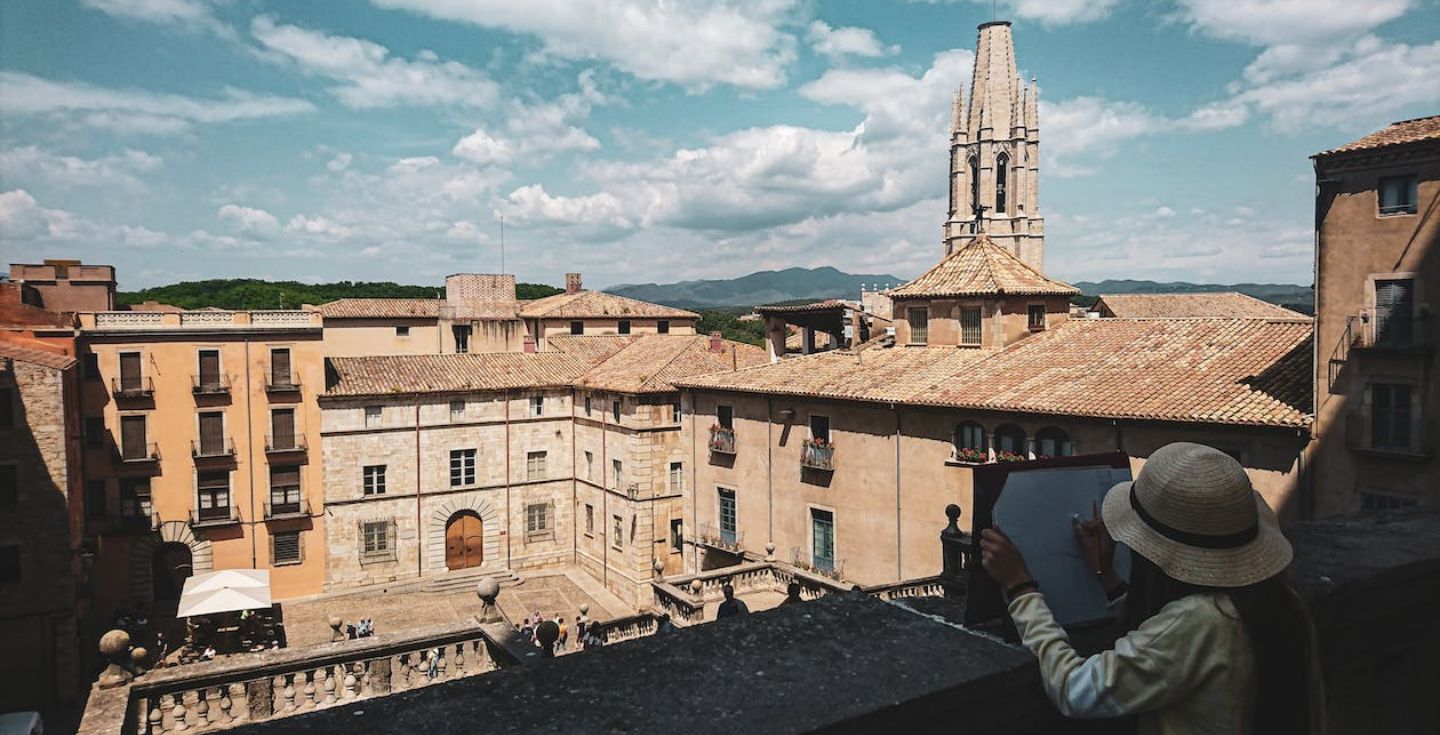Best things to do in the Dominican Republic
Discover the top things to do in Dominican Republic, from Punta Cana beaches and Santo Domingo’s Colonial Zone to riding the Teleférico in Puerto Plata.
The Dominican Republic is home to both the Caribbean’s tallest mountain, Pico Duarte, and its lowest point, the bottom of Lake Enriquillo. There is a lot to see and explore between these two points, as this place is packed with unique nature, culture, and history – like Larimar, a rare blue gemstone found only here.
In this guide, we’ll explore the top things to do in the Dominican Republic, highlighting the most exciting attractions, unique adventures, and budget-friendly options to make your trip unforgettable. Stay connected on your journey and enjoy phone service in the Dominican Republic with a local Dominican Republic SIM card, or even better, an unlimited data travel eSIM.
What is the Dominican Republic best known for?
The Dominican Republic is best known for its beaches which have crystal clear waters, like those in Punta Cana and Las Terrenas. For those who like more immersive experiences, a trip to the Dominican Republic offers insights into its unique culture and eventful history.
There are some very “Dominican Republic activities” to try, like merengue dancing and whale watching. Keep your phone ready in the Dominican Republic, as you’ll have numerous opportunities to make some unforgettable photos.
Let’s start with what to do in the Dominican Republic, covering activities every tourist would enjoy.
Best things to do in the Dominican Republic
The Dominican Republic offers tourists the opportunity to enjoy stunning natural beauty, from its tranquil rivers to its majestic mountains. With a fascinating colonial history and many options for relaxation and adventure, this country has something for everyone. Here are some exciting activities to enjoy in the Dominican Republic.
1. Relax on the iconic Punta Cana beaches
You can’t come to this country and miss out on the beautiful beaches of Punta Cana. Bask in the sun on Bavaro Beach, or enjoy outdoor activities on water like paddleboarding and parasailing. For unforgettable panoramic views, explore Macao Beach. There are a lot of things to do in Punta Cana, both for the adventure seekers and those who want to relax.If you worry that crowds will make it impossible to enjoy these spots, there are other beaches in Punta Cana that locals prefer. Playa Esmeralda is about 60 miles north of Punta Cana, offering peace and quiet, but it is reachable only by SUV or boat. Playa Cabeza de Toro is a peaceful spot to snorkel and blend into the local fishing communities, far from the tourist crowds.
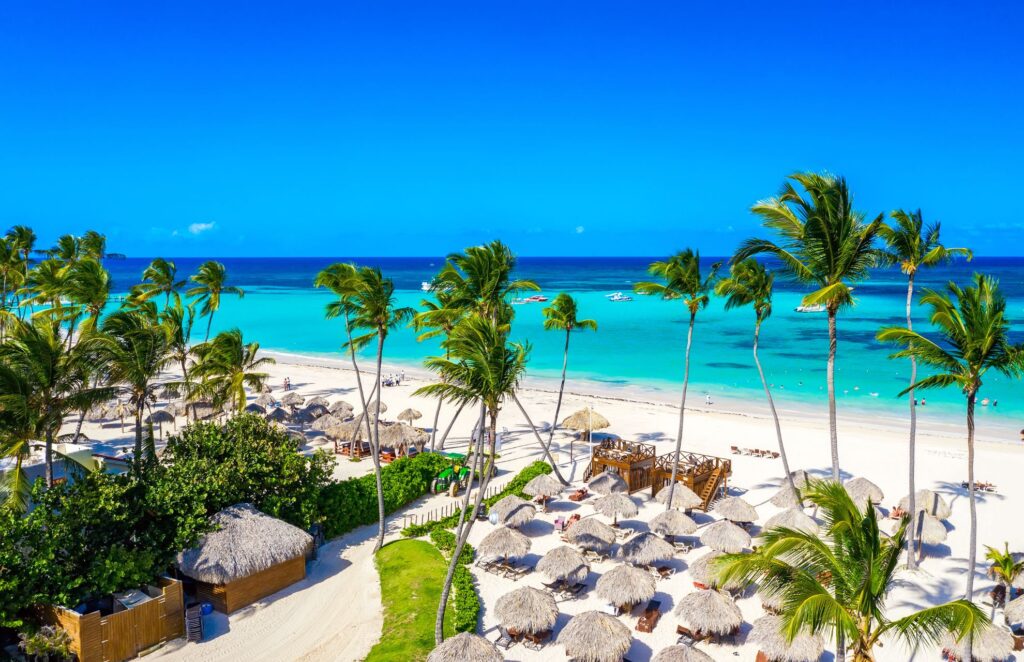
When to go: December to April for the best weather
Price: Free for public beaches; $10–$50 for resort day passes
Duration: A few hours to a full day
2. Sail to Saona Island for a day trip
Take a catamaran or speedboat to Saona, an amazing spot located in the south. Among other things, it is famous for its buffets of rice and beans, fresh seafood, and tropical fruits under the palm trees and by the shore.
Another thing not to miss out on is the natural swimming pools some 60 km away from the island. The shallow sandbanks in the ocean with clear waters and gorgeous starfish covering the sandy floor.
This postcard-worthy spot offers a unique chance to observe starfish up close—just remember not to touch them to protect their fragile ecosystem.
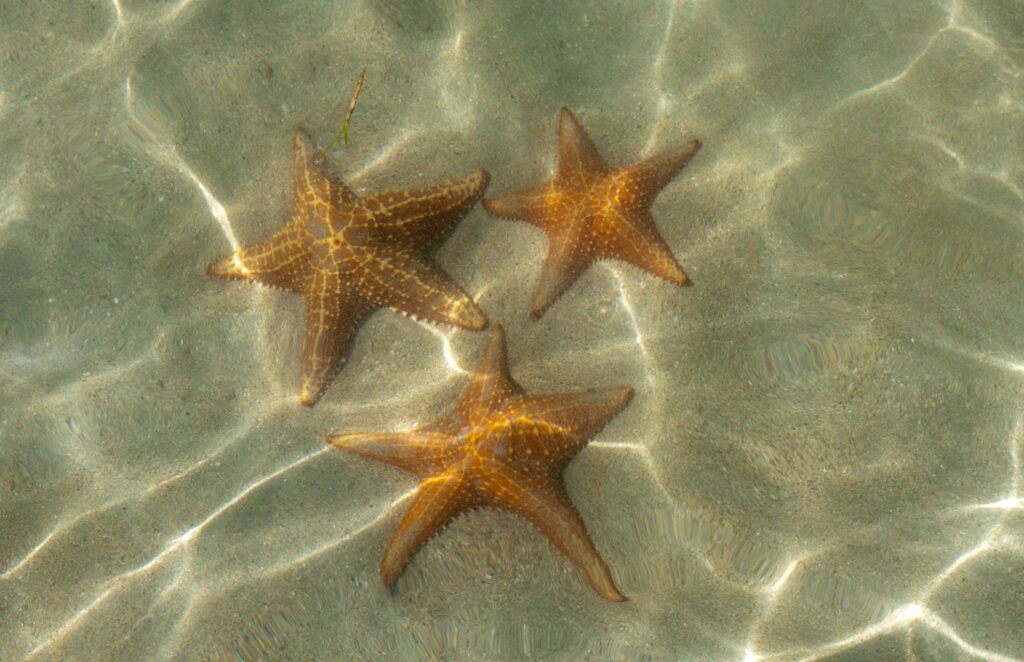
When to go: Year-round; January to March offers cooler temperatures
Price: $50–$150 for guided tours, including lunch
Duration: Full day (7–8 hours)
3. Dive or snorkel in Bayahibe’s Underwater World
Discover the coral reefs, sea turtles, and tropical fish of the Caribbean. Popular dive spots like the St. George Wreck are perfect for enthusiasts looking for a challenging adventure in the waters near La Romana. But don’t stop there.
Beyond the well-known dive sites are lesser-explored underwater treasures that offer unique experiences for divers. One such site is the Captain Kidd Shipwreck, a 17th-century pirate ship that sank near Catalina Island. This living museum allows divers to explore historical artifacts wrapped in coral and marine life.
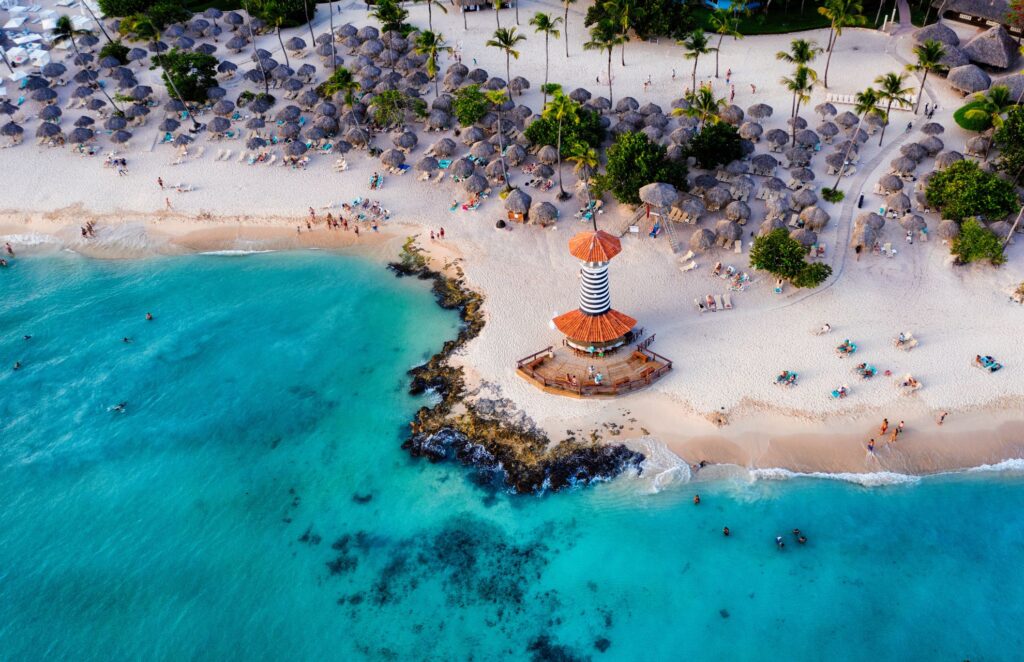
When to go: November to May for calmer seas
Price: $50–$120 for guided dives or snorkeling tours
Duration: 3–6 hours
4. Embark on an underground adventure in Fun Fun Cave
If you’re up for an adventure, you’ve got to try the Fun Fun Cave experience. It all starts with a horseback ride through the gorgeous trails of Los Haitises National Park. The countryside views and the scenery alone are worth it. Then, you hike to the cave’s entrance and rappel down the rivers about 20 meters into this underground world.
Inside, it’s like stepping into another planet. There are stunning rock formations everywhere, as well as the actual ancient Taino carvings on the walls. You’ll trek through tunnels, wade through rivers, and even hear mesmerizing echoes inside the cave. At the end, you even get to swim in an underground river.
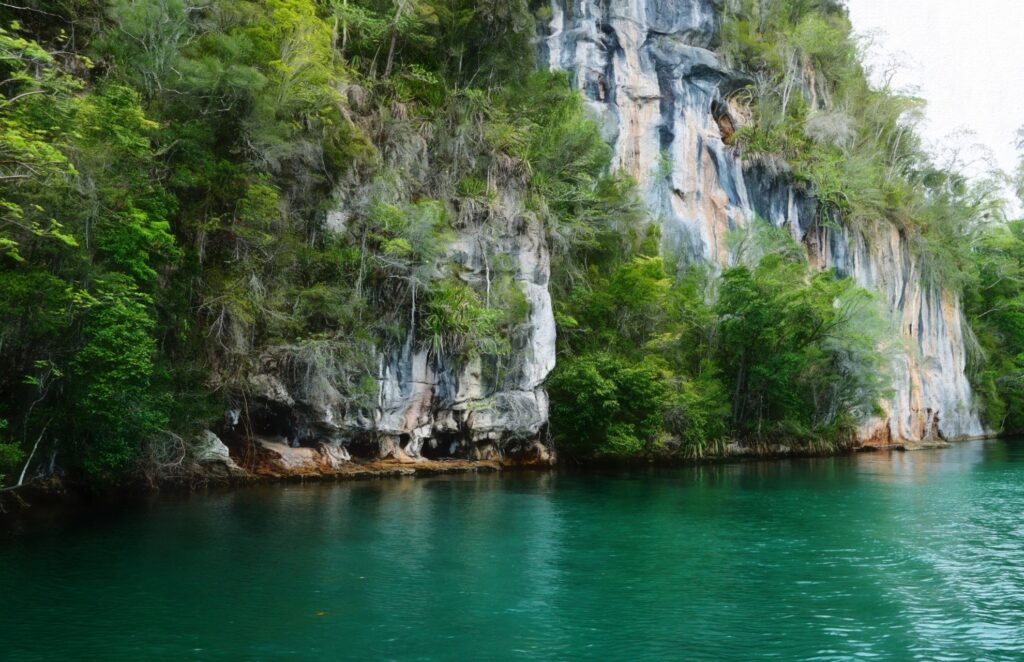
When to go: December to April for dry conditions
Price: $90–$150, including gear and guides
Duration: Full day (8–10 hours)
Unique things to do in Dominican Republic
If you’re craving a more dynamic experience during your visit, the Dominican Republic will deliver. It has amazing adrenaline-pumping activities and attractions, perfect for adventure seekers.
Here are some of the best places to visit in the Dominican Republic off the beaten path.
5. Explore the mangroves of Haitises National Park
Located in the north, this park is full of surprises. Bird watchers will love kayaking through winding mangroves, searching for rare birds like the Ridgway’s hawk. History lovers will explore caves filled with ancient petroglyphs left by the Tainos. This is one of the best places to visit in the Dominican Republic for eco-tourists.
For an unforgettable twist that all tourists would love, join a guided boat tour at sunrise to watch the mist rise over the limestone formations, creating an almost otherworldly scene perfect for jaw-dropping photos.
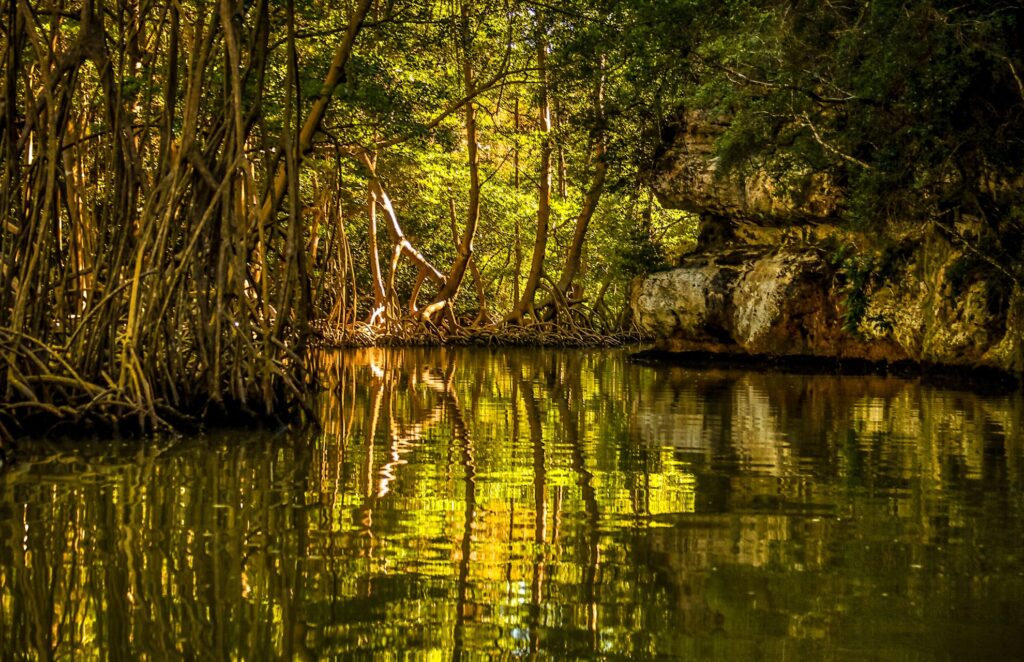
When to go: November to March for cooler weather
Price: $50–$100 for boat or kayak tours
Duration: Half-day tour (4–5 hours)
6. Watch majestic humpback whales in Samaná
Head to Samaná Bay to see humpback whales in action. This seasonal activity is a favorite for wildlife enthusiasts and one of the Dominican Republic’s best activities.
From January to March, around 3,000 humpback whales migrate to the warm waters of Samaná Bay to mate and give birth, offering one of the most spectacular wildlife encounters in the Caribbean. Choosing a responsible tour operator ensures your adventure supports preservation while giving you a front-row seat to this unforgettable experience.
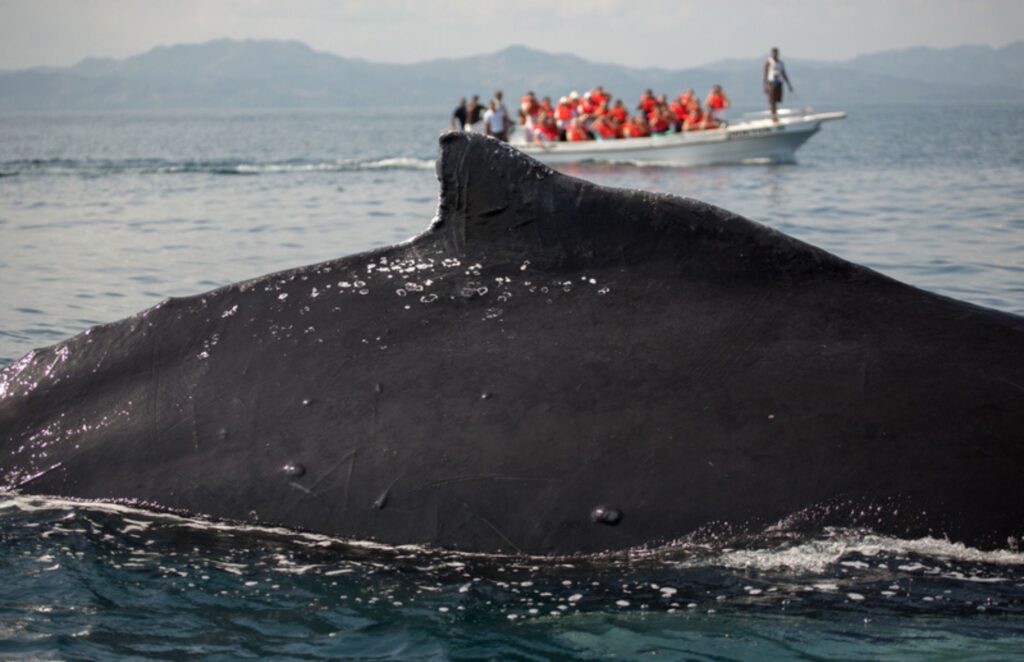
When to go: Plan your visit between January 20 and March 20, and book a morning tour when the seas are calmer, and the whales are most active.
Price: $50–$120 for whale-watching tours
Duration: Half-day tour (4–5 hours)
7. Ride in the Teleférico (Cable Car) over Puerto Plata
One of the top things to do in the DR is riding the Teleférico in Puerto Plata. This cable car takes you to the summit of Mount Isabel de Torres, offering stunning views of the coastline, lush landscapes, and Puerto Plata itself.
At the peak, explore a botanical garden and a replica of Christ the Redeemer, perfect for photos. The ride over tropical forests and waterfalls is a thrilling experience for nature and adventure lovers alike.
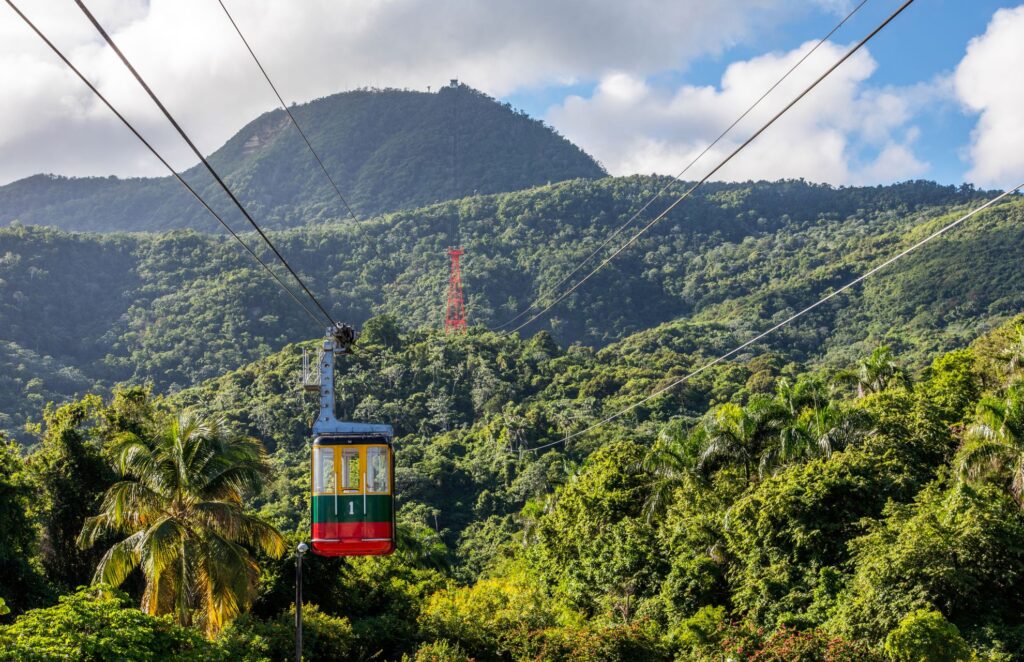
When to go: Year-round, with clearer skies in the morning
Price: $10–$15 per person
Duration: 2–3 hours, including the ride and summit exploration
8. Ride the waves with kiteboarding in Cabarete
Cabarete, the kiteboarding capital of the Caribbean, is a must-visit for water sports enthusiasts of all skill levels. Beginners can take lessons from expert instructors at one of the many kite schools along Kite Beach. Experienced pros can test their skills in this kiteboarding paradise.
Those more comfortable observing this sport can soak up the sun at one of the beachfront cafes and watch kiteboarding competitions.
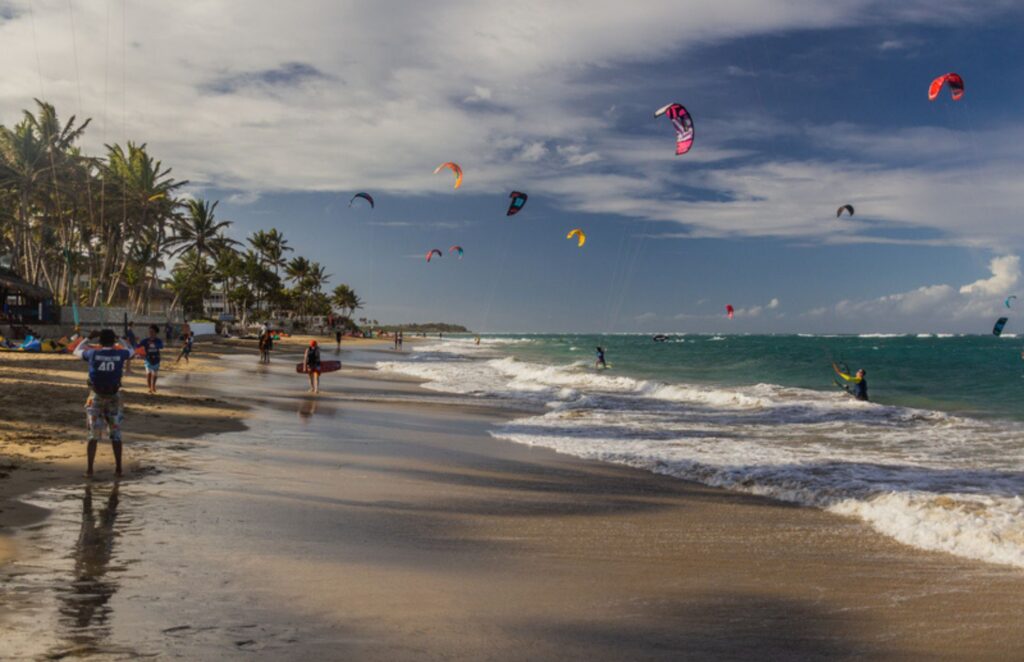
When to go: June to August for the best wind conditions
Price: $50–$150 for lessons and rentals
Duration: 2–5 hours
Budget-friendly activities in the Dominican Republic
Your trip to the Dominican Republic doesn’t have to be expensive. If you’re looking to relax, immerse yourself in the local culture, and swap luxury hotel dinners for learning merengue, there are plenty of amazing experiences waiting for you.
9. Immerse yourself in local culture at lively markets
Explore the bustling Mercado Modelo in Santo Domingo, a hub for authentic Dominican goods flavors. Here, you’ll find handmade crafts like larimar jewelry, ceramics, and wooden carvings, as well as fresh tropical fruits and spices. The market is an ideal place to pick up souvenirs, with everything from handwoven baskets to colorful paintings by local artists.
As you browse, you’ll also come across food vendors serving traditional snacks like fried plantain and empanadas. This Santo Domingo market is busiest in the afternoon, so it’s a great time for people-watching and enjoying some merengue music. While haggling is common, prices are generally reasonable, making it a great spot to experience the local culture without breaking the bank.
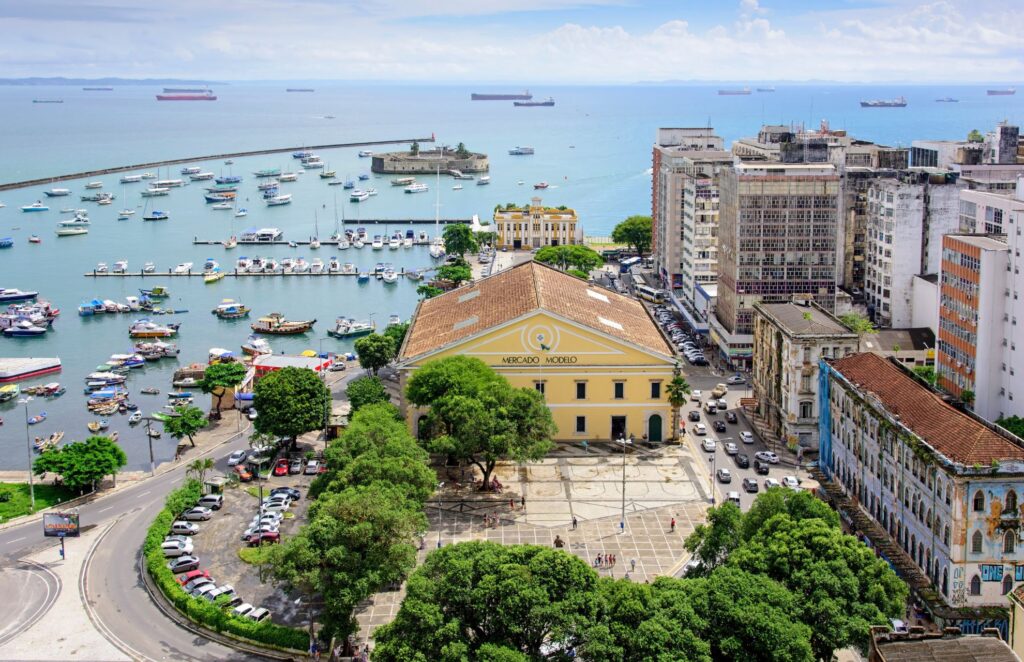
When to go: Mornings for the best selection, afternoons for people-watching and music
Price: Free entry; items range from $1–$50
Duration: 1–2 hours
10. Walk through history in Santo Domingo’s Colonial Zone
This historical area in Santo Domingo is the oldest European settlement in the Americas and a UNESCO World Heritage Site. This area, also known as Zona Colonial, is a compact district filled with beautifully preserved 16th-century architecture, cobblestone streets, and cultural landmarks that reflect the early days of European colonization.
One of its standout attractions is the Alcázar de Colón, the former residence of Diego Colón, Christopher Columbus’s son, who served as the Viceroy of the Americas. The Santo Domingo is ideal for walking tours, allowing visitors to explore other key sites, such as the Catedral Primada de América (the first cathedral in the Americas) and the Calle Las Damas, the oldest paved street in the New World.
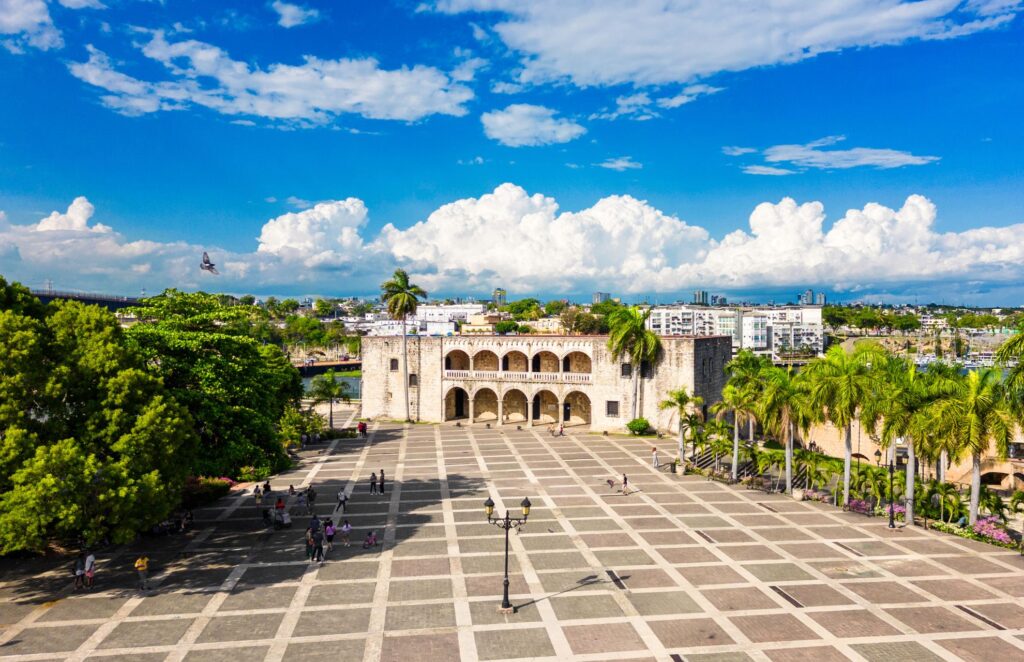
When to go: Early mornings or evenings for cooler temperatures
Price: Free; museums and tours range from $5–$15
Duration: 2–4 hours
11. Discover the artistic village of Altos de Chavón
Visit Altos de Chavón, a stunning replica of a 16th-century Mediterranean village in the Casa de Campo resort. Nested above the Chavón River, this village was built in the 1970s but feels like stepping back in time. Its cobblestone streets are lined with art galleries, boutique shops, and museums, including the Archaeological Regional Museum, which houses pre-Columbian artifacts.
One of the highlights is the amphitheater, an open-air venue with a capacity of 5,000, known for hosting world-class performances by artists like Frank Sinatra and Andrea Bocelli. The village and Casa de Campo also offer stunning views of the river and surrounding countryside, making it a favorite spot for photography.
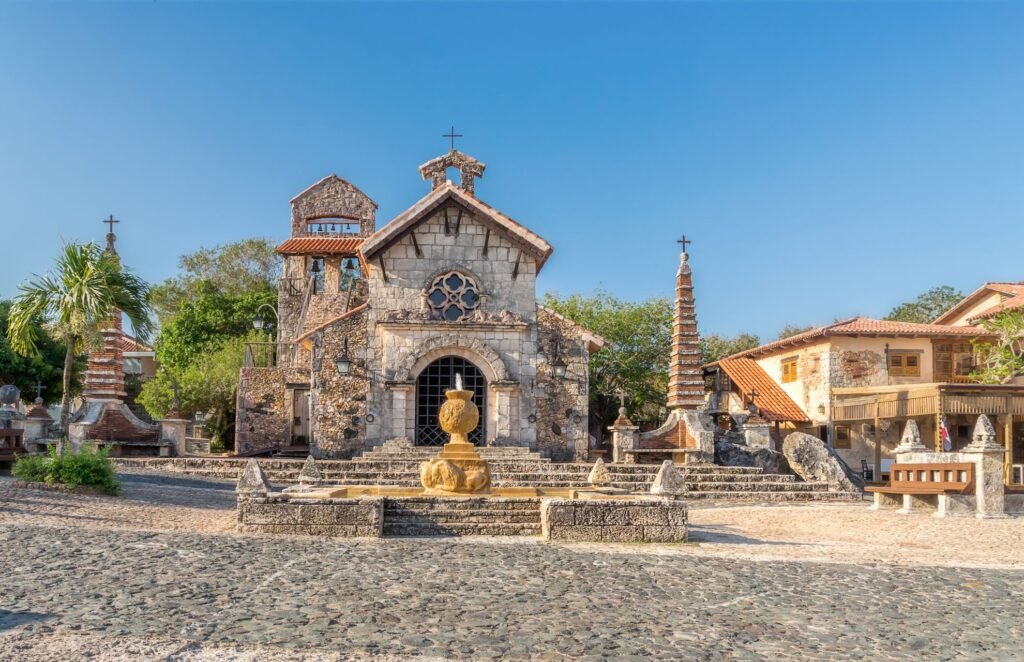
When to go: Year-round; evening performances recommended
Price: $10–$50 depending on event
Duration: 2–3 hours
12. Step back in time at La Isabela archaeological site
At La Isabela Archaeological Site, you can explore the ruins of the first European settlement in the Americas, including the remnants of Columbus’s residence, a church, and storage buildings. Visitors can walk through the site to see these structures up close and imagine what life was like during the early days of colonization.
The on-site museum adds to the experience, with exhibits displaying artifacts such as Taíno tools, Spanish pottery, and weaponry used during the settlement.
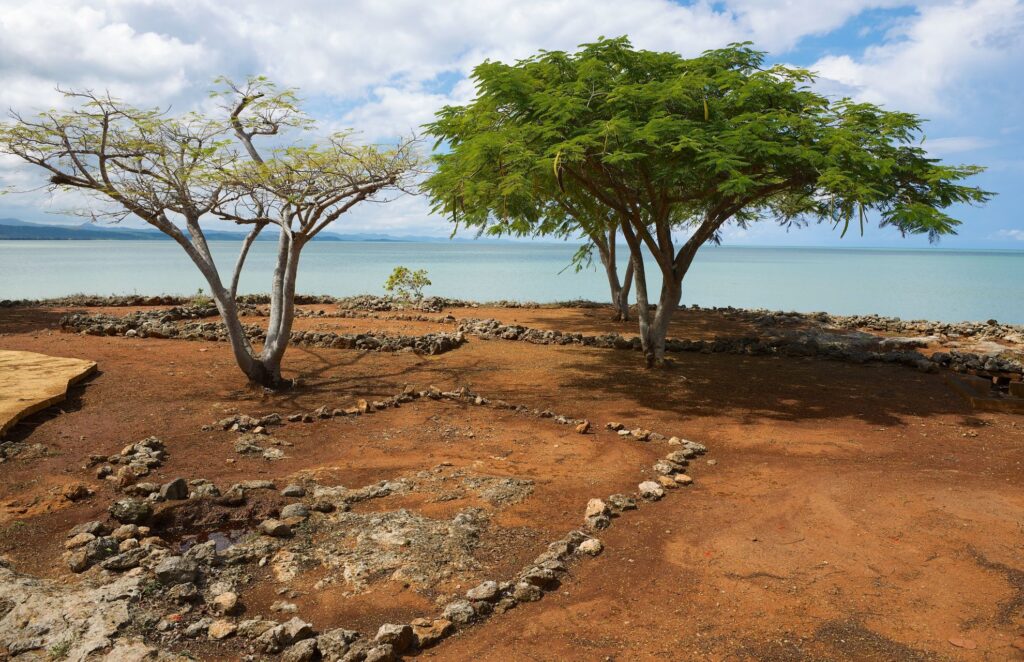
When to go: Morning for cooler weather
Price: $5–$10 for entry
Duration: 2–3 hours
Tips for traveling to the Dominican Republic
Whether you are visiting Santo Domingo or Casa de Campo or want to explore the stunning nature, here are some tips that can make your trip more enjoyable.
- Currency: The official currency is the Dominican peso (DOP), and it’s most useful for local markets and smaller vendors. However, USD is widely accepted in tourist areas like Punta Cana. Carry small denominations of pesos for tips and small purchases.
- Safety: While the Dominican Republic is generally safe, stick to tourist-friendly areas like Punta Cana or Santo Domingo. Avoid walking alone at night in remote areas and use reputable taxis or rideshares for transportation.
- Staying connected: Good connection is essential for navigating unfamiliar areas, staying in touch with loved ones, and sharing your experiences. eSIMs for the Dominican Republic are a game-changer for travelers, offering affordable and reliable mobile data without the hassle of swapping physical SIM cards.
- Food: Don’t miss the chance to discover the authentic Dominican cuisine, including staples like mangu (mashed plantains), sancocho (a hearty stew), and arroz con habichuelas (rice and beans). For seafood lovers, fresh lobster and fish dishes are must-tries,
- Language: While Spanish is the official language, many people in tourist areas speak English. Learning a few basic Spanish phrases can enhance your experience and help you connect with locals.
- Tipping: Tipping is customary in the Dominican Republic. A 10% service charge is often included in restaurant bills, but leaving an additional 5-10% is appreciated for good service.
- Transportation: Public transportation, like guaguas (shared minibuses), is inexpensive but can be confusing for first-timers. For convenience, consider hiring a car or booking guided tours, especially if visiting remote areas like Los Haitises National Park or Fun Fun Cave.
Whatever your plans are for the Dominican Republic, you’ll need a reliable internet connection to book your transportation or tours.
The easiest and most hassle-free way to stay connected anywhere in the Dominican Republic is with a Holafly eSIM. You can buy it online and set it up before your trip, and simply activate it upon arrival. This way, you’ll have instant internet access as soon as you land.





 Language
Language 


















 No results found
No results found








